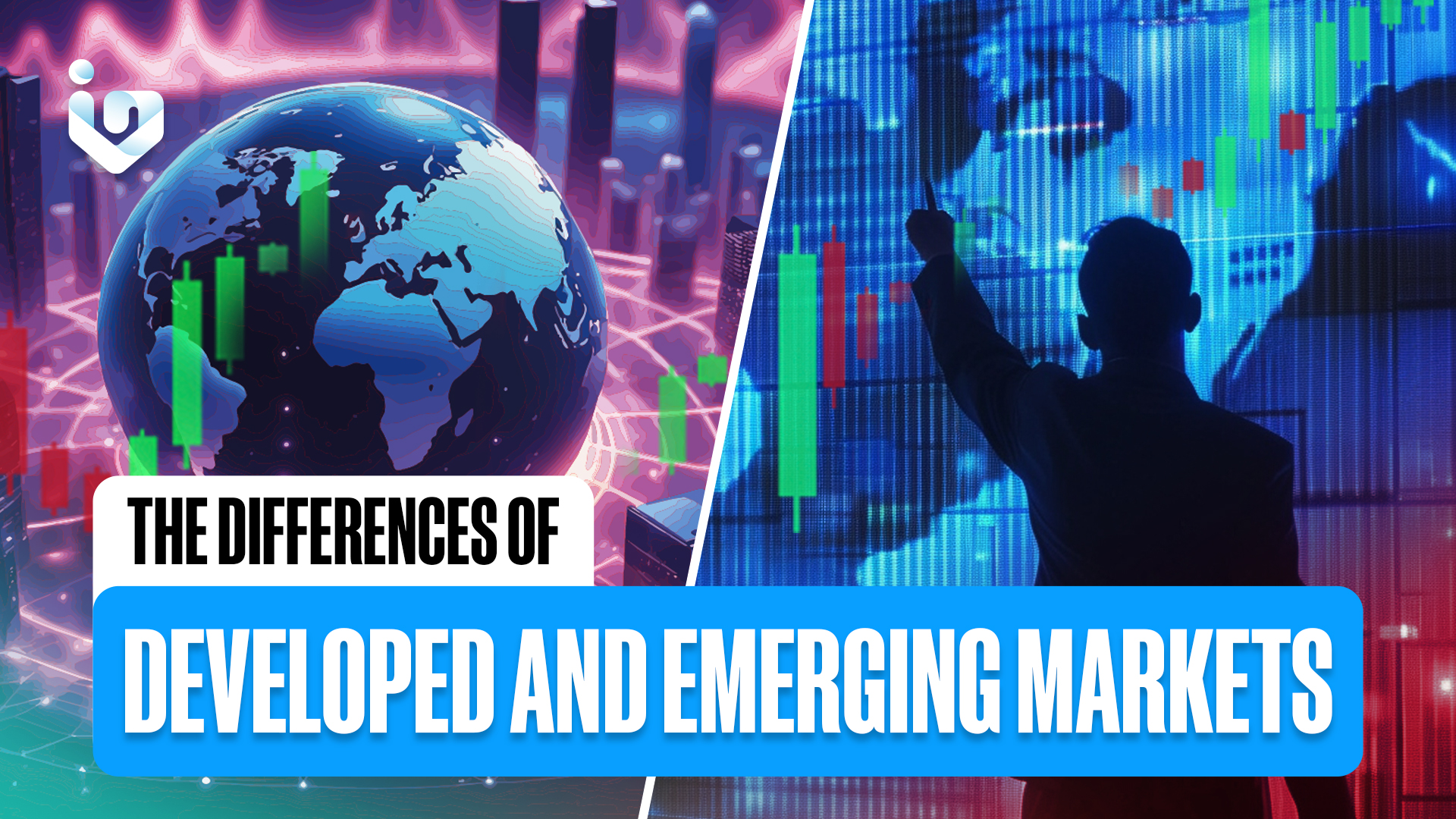In the global economy, countries are often categorized as developed or emerging markets. This distinction is crucial for investors, policymakers, and businesses as they navigate international opportunities and challenges. This article explores the defining characteristics, risks, and opportunities of developed and emerging markets.
Understanding Developed Markets
Developed markets are characterized by their mature economies. They boast high standards of living, well-established infrastructures, and robust regulatory frameworks. Countries like the United States, Germany, and Japan fall into this category. These markets are known for their stability, predictable growth patterns, and lower investment risk.
The Hallmarks of Emerging Markets
Emerging markets, on the other hand, are in a state of rapid growth and industrialization. Nations such as India, Brazil, and South Africa are prime examples. These markets offer high growth potential but come with higher risks due to political instability, economic volatility, and less mature financial systems.
Economic Indicators and Growth
Developed markets typically exhibit steady, moderate economic growth. Their GDP growth rates are usually lower compared to emerging markets. Emerging markets often experience rapid GDP growth, reflecting their development trajectory and the significant potential for economic expansion.
Market Liquidity and Capitalization
Stock market liquidity and capitalization are generally higher in developed markets. They have larger, more liquid stock exchanges with a greater number of listed companies. Emerging markets are catching up but still have smaller exchanges and less trading volume, which can lead to higher volatility.
Investment Risk and Return
The risk-return profile is a key difference between developed and emerging markets. Developed markets offer lower risk and more modest returns, suitable for conservative investors. Emerging markets can provide higher returns but at the cost of increased risk, including currency fluctuations and political upheaval.
Regulatory Environment and Corporate Governance
Developed markets have stringent regulatory environments and high standards of corporate governance. This provides a level of assurance for investors. Emerging markets are improving their regulations and governance, but they may still lag behind, posing additional risks for investors.
Currency Stability and Exchange Rates
Currencies in developed markets tend to be stable, with minor fluctuations. In contrast, emerging market currencies can be volatile, influenced by domestic and international economic events. This can affect the returns on investments denominated in those currencies.
Demographics and Consumer Markets
Developed markets have aging populations and saturated consumer markets. Growth opportunities in sectors like healthcare are driven by demographic trends. Emerging markets have younger populations and growing middle classes, offering vast opportunities for consumer-driven industries.
Infrastructure and Technology
Developed markets have advanced infrastructures and are leaders in technology innovation. Emerging markets are rapidly building their infrastructures and adopting technology, which can lead to leapfrogging development stages and creating unique investment opportunities.
Political Stability and Policy Making
Political stability is generally higher in developed markets, providing a predictable environment for businesses and investors. Emerging markets may face political instability, which can lead to abrupt policy changes and economic uncertainty.
Conclusion
The differences between developed and emerging markets are significant, each offering unique opportunities and challenges. Investors must consider these distinctions when building a diversified portfolio. Understanding the nuances of each market can lead to informed investment decisions and the potential for strategic gains. As the global economy evolves, the line between developed and emerging markets may blur, but for now, the differences are clear and critical for success in international investment.
